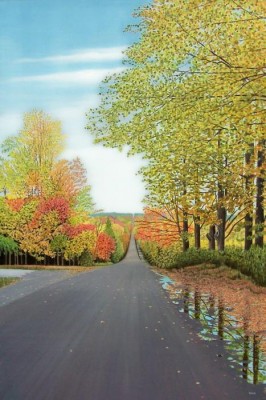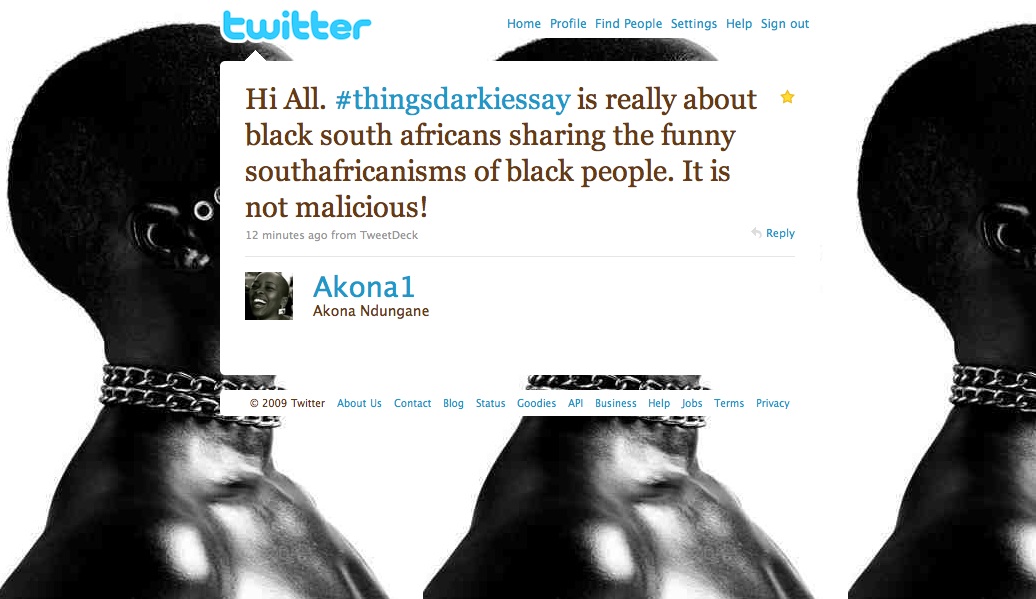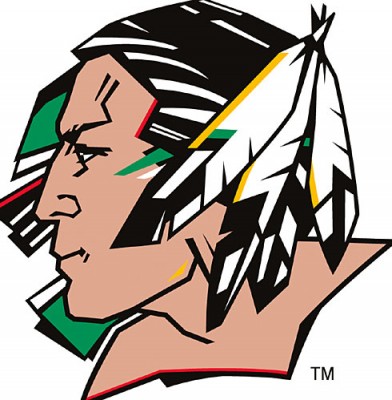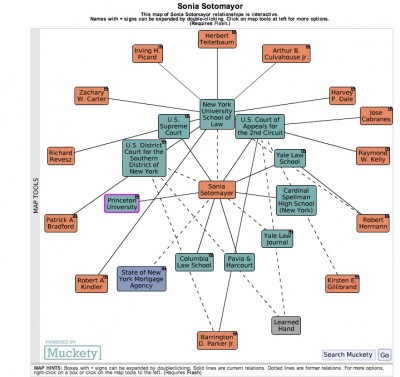
Notes from North of 49ºN.
Macleans magazine, like any other, likes to create lists. I was going through old issues before I pitched them and I spied an article about Canada’s Most Dangerous Cities. {Here’s the 2009 version}. Caledon, Ontario for two years straight was deemed the safest place in Canada, a town of 58,000 about 40 kilometers/25 miles from Toronto. I’ve seen Caledon from the air, heading into Toronto’s Pearson Airport, a town on the edge of the greater Toronto area {GTA}, where the 410 freeway peters out on the rural outskirts. I recall the town where I worked the past few years, Thousand Oaks, CA, was deemed one of the safest places by the FBI, which wasn’t too surprising. It was fairly affluent, suburban, and homogeneous at 85% white in the 2000 Census. The 2008 Macleans article went into the reasons why Caledon had such low crime, while crime seemed to be on the rise in neighbouring Brampton.
How safe is Caledon. According to the Macleans article::
“Of the 100 biggest cities or regions in Canada, Caledon is the safest. In 2006, the most recent year for which there’s annual data, it ranked the lowest —107 per cent below the national average — for a score combining six crimes (murder, sexual assault, breaking and entering, vehicle theft, aggravated assault, and robbery)”.
So, what makes it so “safe”?
- Strict police
- Visible police {6,000 hours of foot patrol with 100,000 interactions and only 12 public complaints}
- “Restorative justice” {which brings suspect and victim together with a mediator instead of a court judge} has been used extensively since 2006 to resolve non-violent incidents, from neighbour disputes to vandalism.
- Relative wealth:: median income of about $32,900, compared with $24,800 across Ontario.
- The population is overwhelmingly white and English-speaking {almost half of all residents are third-generation Canadians or more}.
Are problems on the horizon? The local youth complain of nothing to do and a lack of public transportation makes them feel “stuck” unless they have a driver’s license. Petty crimes and vandalism are a going concern in Caledon. The big concern is growth. Problems with crime in Canada are correlated with areas of growth, where the local infrastructure and support mechanism are outgrown. Crime has followed the pattern of Canadian growth in the West. Population in Caledon is expected to increase by 48% by 2021 and “racial fights” are starting to erupt in local schools, where students from nearby Brampton {a town with over 60% first-generation Canadians} are being bussed to. Also, while robberies in Caledon are rare, Brampton is seeing a spike, so local law enforcement {Caledon’s Ontario Provincial Police} is trying to be proactive with robbery prevention seminars.
What’s the policy implication here? What’s the relationship between diversity and crime? Toronto celebrates its diversity {the seal of Toronto has the motto, “diversity our strength”} and enjoys on of the lowest crime rates in North America, so the socioeconomics of cities likely plays a role, along with other factors like geography and demography, not to mention the cultural differences between Canada and the US.
I think what Caledon has now is a sense of “community,” based on a way of life that tends to be more homogeneous and with a slower pace. Does impending growth threaten this, particularly with the scalability of the public infrastructure. Specifically, if growth outpaces the capacity of the public infrastructure, could there be a danger of those with the means starting an exodus -or- will those in the community work to strengthen the infrastructure?
A few weeks ago, I was in Sleepy Hollow, NY in Westchester County, less than a hour north of Manhattan. While on the surface, the Village of Sleepy Hollow seems like a homogeneous suburb on the Hudson, it actually is diverse culturally and socioeconomically. The “downtown” core is a vibrant shopping area and let’s face it, it’s Sleepy Hollow and has caché as a Washington Irving/Halloween-themed tourist destination, but one gets a sense of community and meaning. I’m actually interested in visiting Caledon to see if it has what I observed in Sleepy Hollow. I never got a sense that Thousand Oaks had any sense of community and meaning, but I freely admit I never looked very hard to find it.
Twitterversion:: Dissecting Canada’s “safest” cities. Role of diversity? Scalability public infrastrture? Community/meaning? http://url.ie/2xmk #ThickCulture @Prof_K
Song:: Lavender Hill – The Kinks


 The high school I went to was John F. Kennedy, where the mascot was a leprechaun and the nickname for the sports teams was the Fighting Irish. The “branding” and the fight song were all University of Notre Dame ripoffs. I also seem to recall some Boston Celtics influence on the logo front. I never thought about it being offensive.
The high school I went to was John F. Kennedy, where the mascot was a leprechaun and the nickname for the sports teams was the Fighting Irish. The “branding” and the fight song were all University of Notre Dame ripoffs. I also seem to recall some Boston Celtics influence on the logo front. I never thought about it being offensive. The Stanford {Leland Stanford Jr. University} nickname was the Indians until 1972, when, after protest, it was changed to the Cardinal, for the colour, not the bird. The mascot went from Prince Lightfoot to the
The Stanford {Leland Stanford Jr. University} nickname was the Indians until 1972, when, after protest, it was changed to the Cardinal, for the colour, not the bird. The mascot went from Prince Lightfoot to the 


